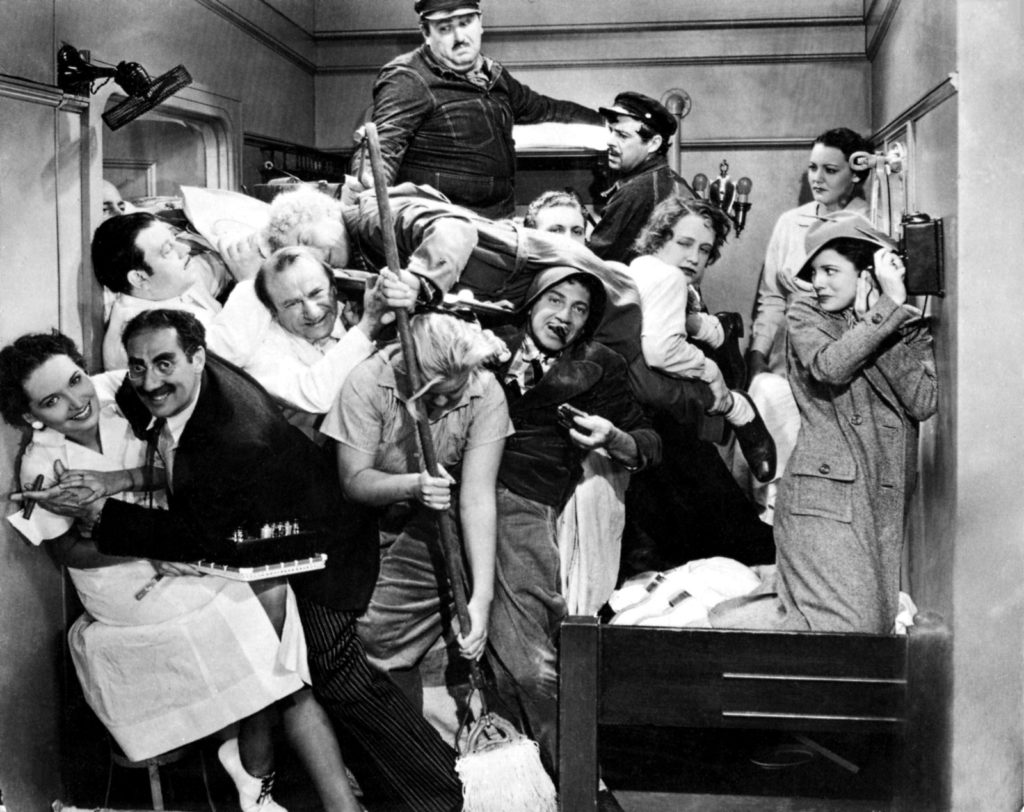The Secretary of State for Work and Pensions v Hockley & Anor (2019) EWCA Civ 1080
If you can only actually fit one child into a bedroom and you have two children, how many bedrooms should you be allowed under the bedroom tax regulations (Regulation B13)? The Upper Tribunal said two (our report here), but the DWP appealed to the Court of Appeal.
The Court of Appeal overturned the Upper Tribunal (36-39).
The regulations represent an instrument of social policy applicable to the usage of social entitlement. The intention of the legislation is to: ensure that social housing is used in the most effective way possible; improve the mismatch of property with those living within it; reduce overcrowding; place families in appropriately sized accommodation; increase mobility in the socially rented sector; incentivise work; introduce greater fairness between claimants living in the private and socially rented sector; and reduce public expenditure. The purpose of the regulations is to calculate what, if any, caps are to be applied to welfare benefits, in particular HB. The regulations do not provide social entitlement to physical housing.
The methodology of the regulations is that the bedroom is used as a proxy for need. The size criteria/bedroom criteria are a means of quantifying cash entitlement. A “bedroom” does not represent a precise proxy. The Secretary of State accepts that it is an imprecise means of measuring need but it serves the purpose because all persons in housing need a bedroom and thus it is useful. It is also accepted that mismatches can arise but can be met, for example, by DHPs.
“Bedroom” is an ordinary word which is neither defined nor qualified in the regulations. The word has to be construed and applied in its context having regard to the underlying purposes of the legislation. The underlying purpose of the regulations is to limit HB entitlement to those occupying social housing. The language of the regulations demonstrates that the criteria identified as limiting such benefit is the entitlement of a tenant to a bedroom for persons listed in subparagraphs (5) and (6). The assessment is to be carried out by the relevant authority in respect of a notionally vacant house. A point accepted by the first respondent. It is also accepted by the first respondent that B13(5) depersonalises the assessment to be performed such that the characteristics of the particular individuals are irrelevant. It follows that such an assessment is an objective one.
There is nothing in the regulations to indicate that any such assessment is required to take account of how a property and, in particular, the bedrooms in the property would be used by a particular family unit. Were that to be so, the purpose underlying the legislation would be frustrated as a tenant could, by use of the property, change the objective classification so as to reduce the relevant number of bedrooms. This further demonstrates the objective nature of the assessment and, with it, the interpretation of “bedroom” within B13(5).
The Court of Appeal held that for the purposes of regulation B13, being entitled to a ‘bedroom’ was not actually an entitlement to a room that the clamant could use as a bedroom.
For the reasons given I find that pursuant to the size criteria (Regulation B13(5) of the Housing Benefit Regulations 2006, which entitles the housing benefit claimant to “one bedroom for each of the following categories of person” in occupation of the property) the word “bedroom” should be interpreted as meaning a room capable of being used as a “bedroom” by any of the listed categories and not a room capable of being used as a “bedroom” by the particular claimant. In holding that the correct interpretation was a room capable of being used as a “bedroom” by the particular claimant, the UT erred in law and its decision was wrong.
Comment
This is the gross unfairness of the bedroom tax in a nutshell. Unlike the LHA size entitlement, the bedroom tax was applied retrospectively to people’s current homes, thus making it not a limit on prospective entitlement to a certain level of housing costs, but imposing immediate unavoidable additional rent liabilities on people’s existing homes, that did not correspond to the actual physical accommodation.

Surely on this basis cupboards under the stairs should count as bedrooms. After all, if it was good enough for Harry Potter …
Well it has to be designated as a bedroom. There was no argument in this case that both the small bedrooms were in fact bedrooms.